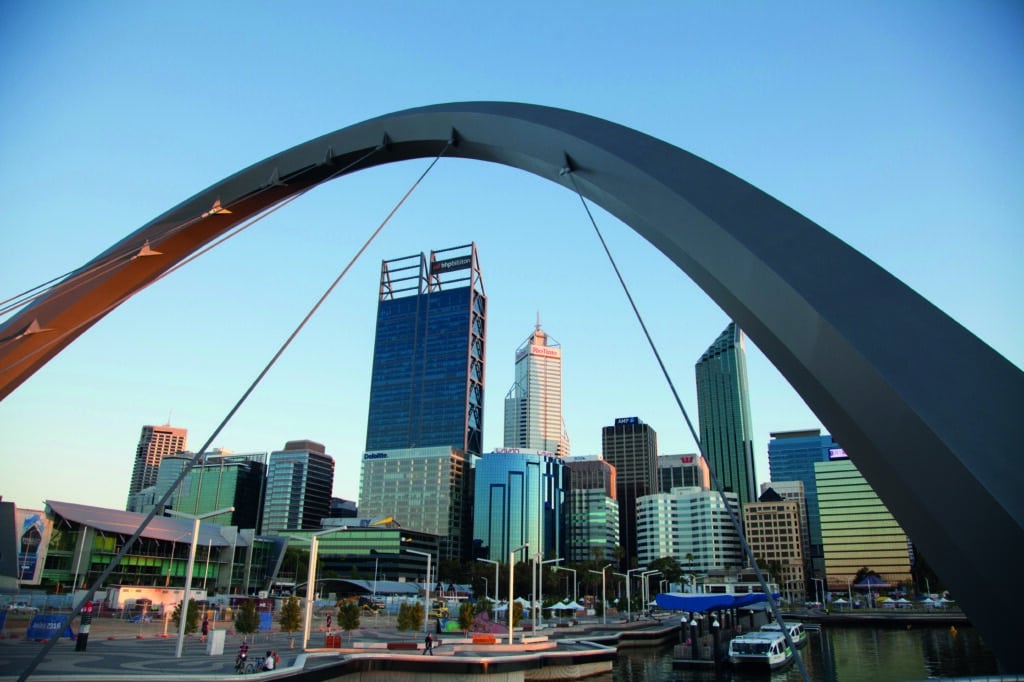
The strategy sets out a vision to grow Australia’s critical minerals wealth, create jobs in mining and manufacturing, strengthen global clean energy supply chains, and support goals to achieve net zero emissions.
The Government will commit $500 million of new investment into critical minerals projects, via the Northern Australia Infrastructure Facility.
Supporting policy key to success
While commending the strategy’s clear framework, CCIWA says industrial relations reforms and streamlined approvals are key determinants of Australia’s investment appeal as a globally significant producer of raw and processed critical minerals.
“Regarding industrial relations, the Government’s multi-employer bargaining reforms are yet to reveal their full impact on the economy,” CCIWA Chief Economist Aaron Morey says.
“Additionally, the proposed ‘Same Job, Same Pay’ policy poses a genuine risk to the resources sector. It is imperative that we limit the worst of this policy if we intend to foster the critical minerals sector.
“On approvals, WA’s State Government is aware of the danger that longer approvals timeframes pose for developing the critical minerals sector. It must now deliver on ensuring approvals are provided in a timely manner.
“At the federal level, the introduction of a national environmental protection agency and other changes to federal environmental laws risk hindering Western Australia’s advancement in the critical minerals sector.”
Global demand ‘staggering’

According to the Federal Government, the number of jobs could increase by 262,600, and GDP strengthen to $133.5b by 2040 if Australia builds downstream refining and processing capability and secures a greater share of trade and investment.
Australia is the world’s largest producer of lithium, the third largest producer of cobalt and fourth largest producer of rare earths. Australia also produces significant amounts of metals such as aluminium, nickel and copper, which combined with critical minerals, are crucial for low-emissions technology such as electric vehicles, batteries, solar panels and wind turbines.
Critical minerals are also crucial components for medical technologies and defence applications.
According to the Minerals Council of Australia (MCA), expected global demand for raw minerals and metals is “staggering”.
“Based on current mine sizes, by 2035 at least 384 new mines for graphite, lithium, nickel and cobalt alone are needed to provide the processed materials required to meet demand for electric vehicles. By 2027, copper demand for manufacturing electric vehicles is expected to increase by 1.7 million tonnes,” MCA CEO Tania Constable says.
“These rapid changes to raw materials supply-demand outlooks are why the list of critical minerals and strategic materials must also be updated regularly and inform policy decisions.”
Global competition intense
International competition for investment in critical minerals is already intense, with incentives announced by the United States and European Union designed to boost investment to diversify supply chains and to decarbonise their economies.
The Australian Government is also working with industry and international partners to help Australian projects link to emerging markets in the US, the United Kingdom, Japan, Korea, India, the EU and its member states.
Federal Resources Minister the Hon Madeleine King MP says the strategy outlines the huge opportunities for Australia to be a reliable exporter of energy and resources for a “clean energy future”.
“While the potential is great, so too are the challenges,” she says.
“The strategy makes it clear our natural minerals endowment provides a foot in the door, but we must do more to create Australian jobs and capitalise on this unique opportunity.”
CCIWA, in collaboration with the State Government, recently embarked on a trade mission to promote WA’s critical minerals potential in the United States.
Morey says the US trip highlights the intense competition Australia faces. A concerted effort is needed to position the nation as an attractive investment destination*.
“CCIWA urges the Government to follow up the release of its strategy by implementing supportive policies that create a favourable investment environment,” he says.
“By doing so, Australia can strengthen its position in the race to harness the substantial economic benefits offered by the critical minerals sector.”
*WA Investments is a collaboration between CCIWA and Invest and Trade WA.
Want to keep up to-date with the latest business news and advice? Become a CCIWA Member today and get access to exclusive information designed to help you do business better. Find out more here.












